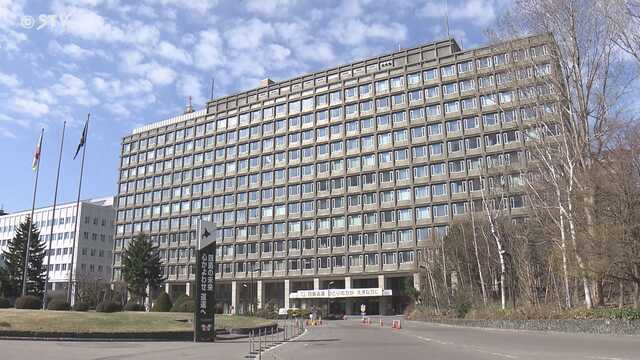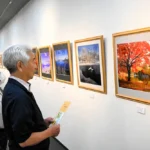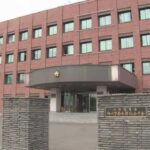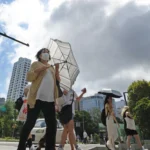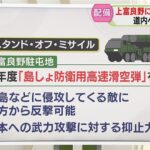Following the fatal bear attack on a newspaper delivery man in Fukushima Town, Hokkaido, on July 12, 2025, details of public opinions submitted to the Hokkaido Brown Bear Response Office regarding coexistence with or eradication of bears have been revealed.
According to the Hokkaido government, the submitted opinions vary widely, with some containing harsh, accusatory language. The government is calling for understanding regarding brown bear eradication measures.
Excerpts from public opinions submitted to the government:
▼July 12 (Contact form/email)
It’s because you guys don’t properly eliminate bears that another person got killed! Coexisting with bears, Japan’s most dangerous pests, is impossible. How stupid can you be? Wipe them out! If you want to preserve the species, manage them properly in cages. Get your act together, you incompetent bunch!
▼July 12 (Contact form/email)
Stop with the meaningless brown bear alerts and just get rid of them already. Do your jobs properly. Zoning and such are pointless—eradicate them thoroughly. Just eliminate, eliminate, eliminate!
▼July 12 (Contact form/email)
Exterminate the brown bears. Who cares about criticism? Stop pandering to bear lovers across the country. If you can’t do your jobs, quit!
▼July 14 (Phone call, approx. 5 minutes)
Because you’re not eradicating them, people are getting hurt. Brown bears should be wiped out from Hokkaido.
▼July 14 (Phone call, approx. 5 minutes)
I’m from Fukushima Town. I can’t even return home safely. It’s terrifying. I want all brown bears eradicated—wiped out completely.
▼July 16 (Phone call, approx. 1 minute)
Bear killers. Maybe humans should be the ones eliminated.
▼July 18 (Phone call, approx. 5 minutes)
Don’t just kill every bear. They should be returned to the mountains. Restore the satoyama (rural landscapes).
▼July 18 (Phone call, approx. 10 minutes)
Animals exist for a reason. Sedate them and send them to zoos—let people find solace in seeing them. Don’t kill the bears.
▼July 22 (Phone call, approx. 5 minutes)
Bears’ lives matter too. Stop making careless claims like “it’s a bear that attacked people.”
▼July 22 (Phone call, approx. 5 minutes)
You shouldn’t just kill every bear. It’s cruel. There are better ways, like using tranquilizer guns. A society where hunting animals is allowed is wrong.
▼July 25 (Phone call, approx. 30 minutes)
Killing bears is cruel. What do you think animal lives are worth? Instead of killing them, return them to the mountains.

